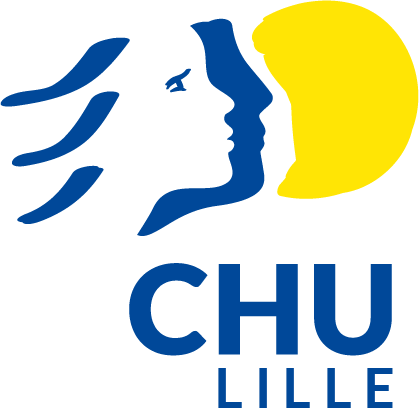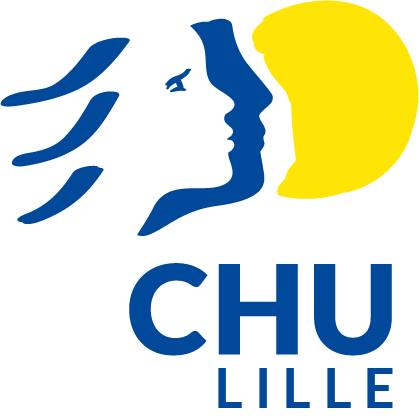EMC - Cosmétologie et dermatologie esthétique
Are you a researcher?
Create a profile to get free access to personal recommendations for colleagues and new articles.
Years of issue
2025
journal names
EMC - Cosmétologie et dermatologie esthétique
Top-3 citing journals

EMC - Cosmétologie et dermatologie esthétique
(19 citations)

Actualites Pharmaceutiques
(5 citations)
Top-3 organizations

Centre Hospitalier Universitaire de Lille
(1 publication)

French Institute of Health and Medical Research
(1 publication)
Top-3 countries
Most cited in 5 years
Found
Nothing found, try to update filter.
Found
Nothing found, try to update filter.
Top-100
Citing journals
|
2
4
6
8
10
12
14
16
18
20
|
|
|
EMC - Cosmétologie et dermatologie esthétique
19 citations, 29.23%
|
|
|
EMC - Cosmetologia Medica e Medicina degli Inestetismi Cutanei
7 citations, 10.77%
|
|
|
Actualites Pharmaceutiques
5 citations, 7.69%
|
|
|
Annales de Dermatologie et de Venereologie
3 citations, 4.62%
|
|
|
Phlebologie
3 citations, 4.62%
|
|
|
EMC - Angéiologie
2 citations, 3.08%
|
|
|
EMC - Dermatologie
2 citations, 3.08%
|
|
|
Annales d'Endocrinologie
1 citation, 1.54%
|
|
|
Phytotherapie
1 citation, 1.54%
|
|
|
Analytical and Bioanalytical Chemistry
1 citation, 1.54%
|
|
|
Cosmetics
1 citation, 1.54%
|
|
|
Annales de Dermatologie et de Vénéréologie - FMC
1 citation, 1.54%
|
|
|
EMC - Cirugía Plástica Reparadora y Estética
1 citation, 1.54%
|
|
|
EMC - Tecniche Chirurgiche - Chirurgia Plastica¸ Ricostruttiva ed Estetica
1 citation, 1.54%
|
|
|
EMC - Dermatología
1 citation, 1.54%
|
|
|
EMC - Psychiatrie
1 citation, 1.54%
|
|
|
EMC - Ophtalmologie
1 citation, 1.54%
|
|
|
EMC - Pathologie professionnelle et de l 'environnement
1 citation, 1.54%
|
|
|
EMC - Techniques chirurgicales - Chirurgie vasculaire
1 citation, 1.54%
|
|
|
EMC - Médecine buccale
1 citation, 1.54%
|
|
|
2
4
6
8
10
12
14
16
18
20
|
Citing publishers
|
5
10
15
20
25
30
35
40
45
50
|
|
|
Elsevier
49 citations, 75.38%
|
|
|
Georg Thieme Verlag KG
3 citations, 4.62%
|
|
|
Springer Nature
2 citations, 3.08%
|
|
|
MDPI
1 citation, 1.54%
|
|
|
5
10
15
20
25
30
35
40
45
50
|
Publishing organizations
|
1
|
|
|
Centre Hospitalier Universitaire de Lille
1 publication, 0.3%
|
|
|
French Institute of Health and Medical Research
1 publication, 0.3%
|
|
|
1
|
Publishing countries
|
1
2
3
4
|
|
|
France
|
France, 4, 1.2%
France
4 publications, 1.2%
|
|
Belgium
|
Belgium, 1, 0.3%
Belgium
1 publication, 0.3%
|
|
Switzerland
|
Switzerland, 1, 0.3%
Switzerland
1 publication, 0.3%
|
|
1
2
3
4
|







